Rapid Antigen Self Test Innoscreen COVID-19 (20 individual kits/Box)
Original price was: $199.00.$87.50Current price is: $87.50.
All Prices Including GST
- Made In Australia
- Direct detection of the virus
- Rapid results within 15 minutes
INTRODUCTION
A rapid antigen test is a screening test that is used to potentially identify positive cases earlier to help reduce the spread of the virus and prevent outbreaks. When used regularly, rapid antigen tests help identify individuals who may be infectious early on. Individuals can be pre-symptomatic or asymptomatic but still carry the virus and may transmit it to others. A standard polymerase chain reaction (PCR) test, is a diagnostic test, and can confirm if someone has COVID-19, with results available in approximately 24 hours. These tests take a deep nasal sample and throat sample and are tested in laboratories. A positive rapid antigen test doesn’t mean you necessarily have COVID-19, it means you need to get a standard (PCR) test straight away to confirm the result.
INTENDED USE
InnoScreen COVID-19 Antigen Rapid test ( Self Test ) is a screening tool to help detect COVID-19 in people with or without any symptoms of COVID-19. The InnoScreen Rapid antigen testing involves a simple nasal swab (using a small cotton bud) that is inserted 1-2 cm into each nostril and then placed into a chemical solution. 2 drops of this solution is then placed on a cassette and the result displayed within 15 minutes.
- Is the kit ARTG listed?
InnoScreen COVID-19 Antigen Rapid test ( Self Test ) is ARTG listed (ARTG 336146).
- Who can use the test?
Anyone above the age 2 can be tested. Children younger than 15 years of age will need an adult caretaker to help collect the nasal samples and conduct the test procedures.
- Can I use the InnoScreen Rapid Antigen test if I don’t have COVID-19 symptoms?
Yes you can use the InnoScreen Rapid Antigen test as it is approved for use by anyone with or without COVID-19 symptoms.
- How does the nasal swab work?
The nasal swab head has a brush which trap the virus in its bristles when the swab is rotated in the nostrils brushing it against the walls of the nasal passage. When the swab is inserted in the buffer and squeezed, the virus breaks down and is released in the buffer.
- Why do I need to swab both nostrils?
Swabbing both nostrils ensures that quality sample is collected for testing.
- How deep should I insert the swab?
The swab needs to be inserted only 1 to 2 cms in the nostril.
- How do I collect sample of a child?
This test is not suitable for children below the age of 2 years. Children aged above 2 to 15 years can be tested with these devices. An adult is required to collect their sample and perform the test. Ask the child to blow the nose gently and clean with tissue. Then while sitting upright, get them to slightly tilt their head so the nasal passage is clearly visible to the collector. Insert the swab around 1cm in one nostril and rotate it 5 times while brushing the swab head against the nasal passage. Repeat with the same swab in the other nostril.
- If I have a runny or blocked nose can I use the swab to do the test?
Yes, you can. Clean the nose with tissue and get rid of excess mucus, then collect sample.
- How do I store the kit?
The test kit is to be stored between 2-30° C. No refrigeration is required.
- What is the correct temperature to perform the test at?
The test should be performed at room temperature, that is between 15° to 25° C.
- What should I do if I accidentally spilled the buffer on myself?
Buffer contains trace amounts of sodium azide. Wash the affected area immediately with water. If irritation develops and persists, seek medical attention.
- What should I do if I accidentally splash the buffer in my eyes.
Immediately flush eyes with plenty of flowing water for 10 to 15 minutes holding eyelids apart. In case of troubles or persistent symptoms, consult an ophthalmologist.
- What should I do if I accidentally drink the buffer?
Rinse mouth thoroughly with water. Induce vomiting. Have victim drink large quantities of water, with active charcoal if possible. Seek medical attention.
- What does it mean if I have an invalid result?
An invalid result is likely caused by user not following the procedure properly. Read instruction for use carefully before restart with a new test device. If the problem persists, contact technical support.
- What does it mean if I have a positive result?
A positive test result for COVID-19 indicates that antigens from SARS-CoV-2 were detected, and the patient is very likely to be infected with the virus and presumed to be contagious. Test results should always be considered in the context of clinical observations and epidemiological data (such as local prevalence rates and current outbreak/epicentre locations) in making a final diagnosis and patient management decisions. Patient management should follow current Department of Health’s guidelines.
- What does it mean if I have a negative result?
A negative test result for this test means that antigens from SARS-CoV-2 were not present in the specimen above the limit of detection. It is possible for this test to give a negative result that is incorrect (false negative) in some people with COVID-19 particularly if the test is not performed within 7 days of symptom onset. This means that you could possibly still have COVID-19 even though the test is negative. If you test negative and continue to experience COVID-19 like symptoms of fever, cough and/or shortness of breath you should seek follow up care with your healthcare provider. In case of suspicion and you do not have symptom, repeat the tests after 1-2 days, as the coronavirus cannot be accurately detected in all phases of an infection.
You must be logged in to post a review.



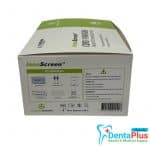



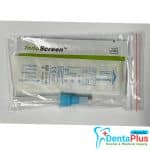
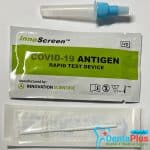

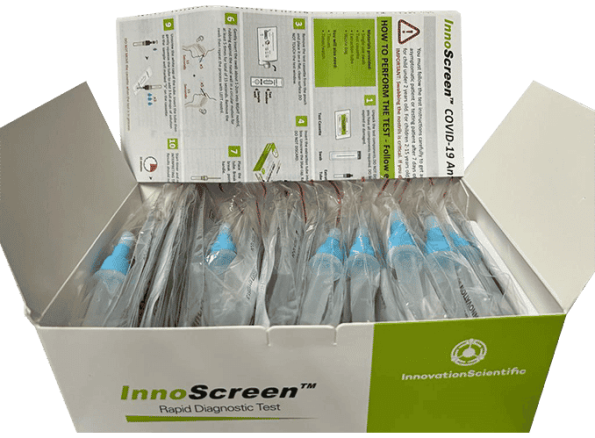
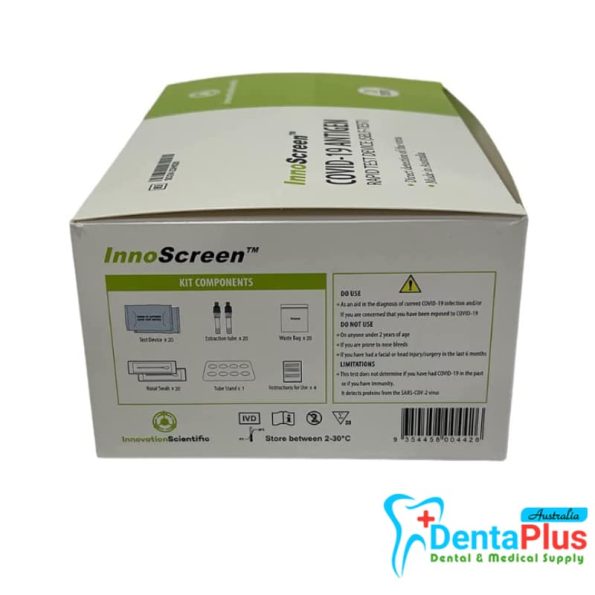

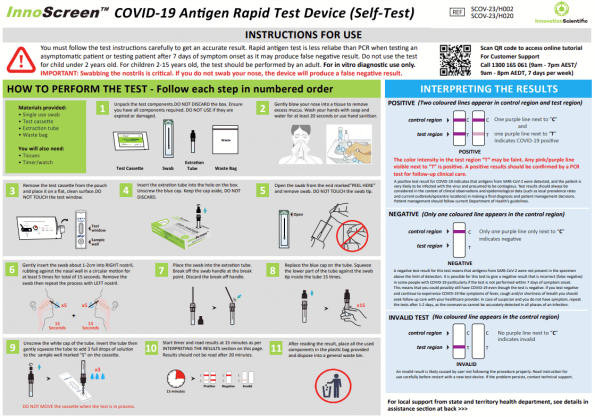



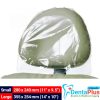
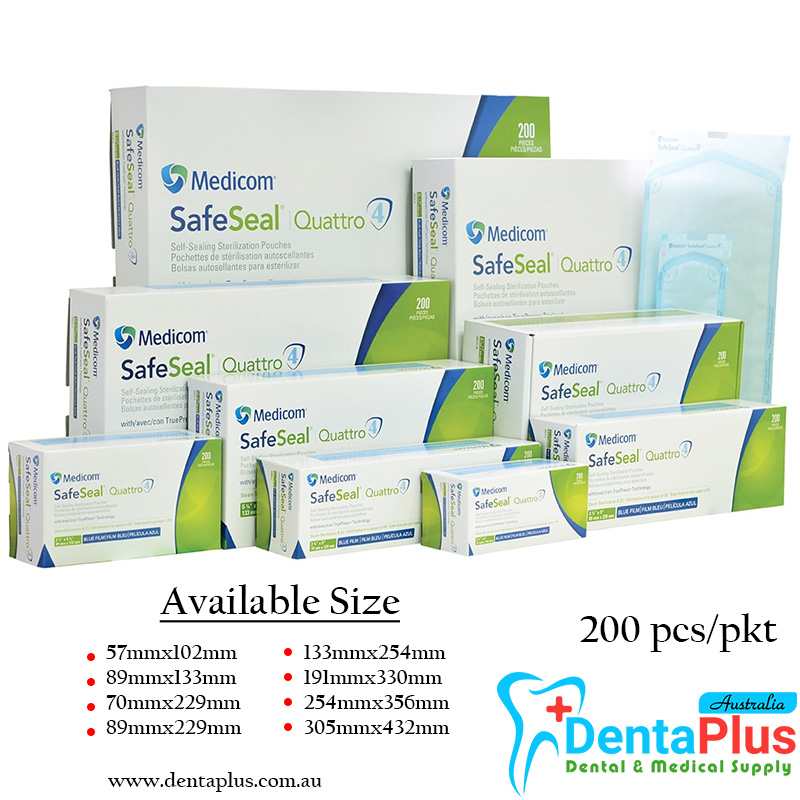
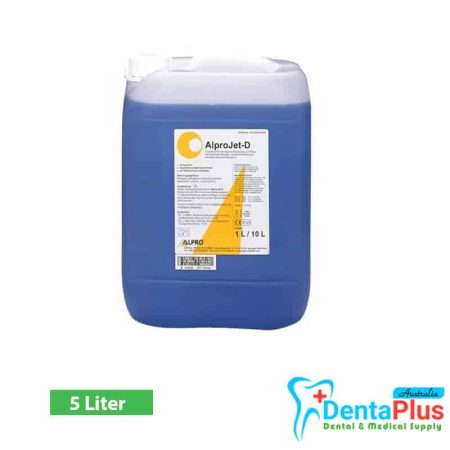
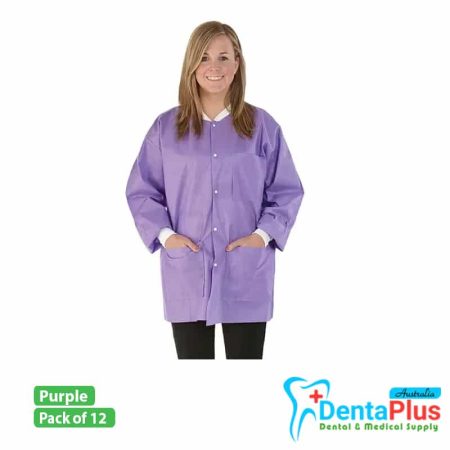

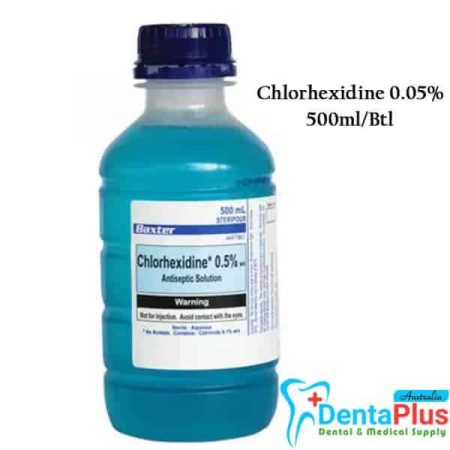

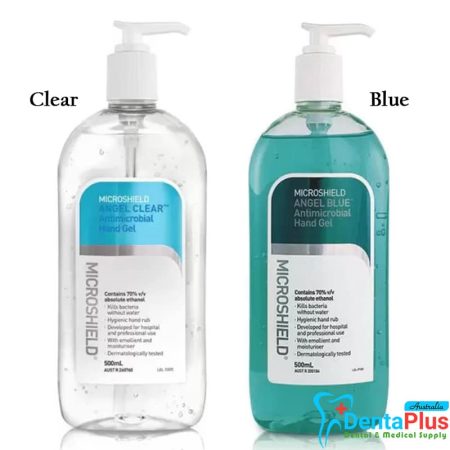
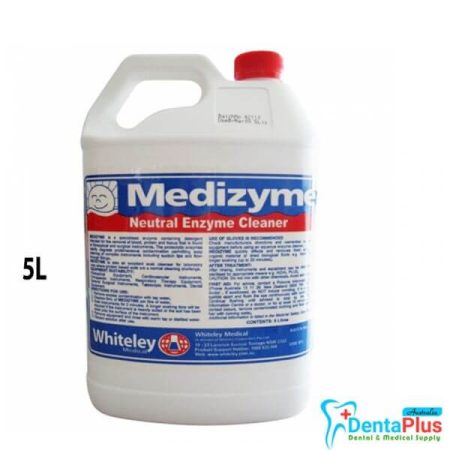
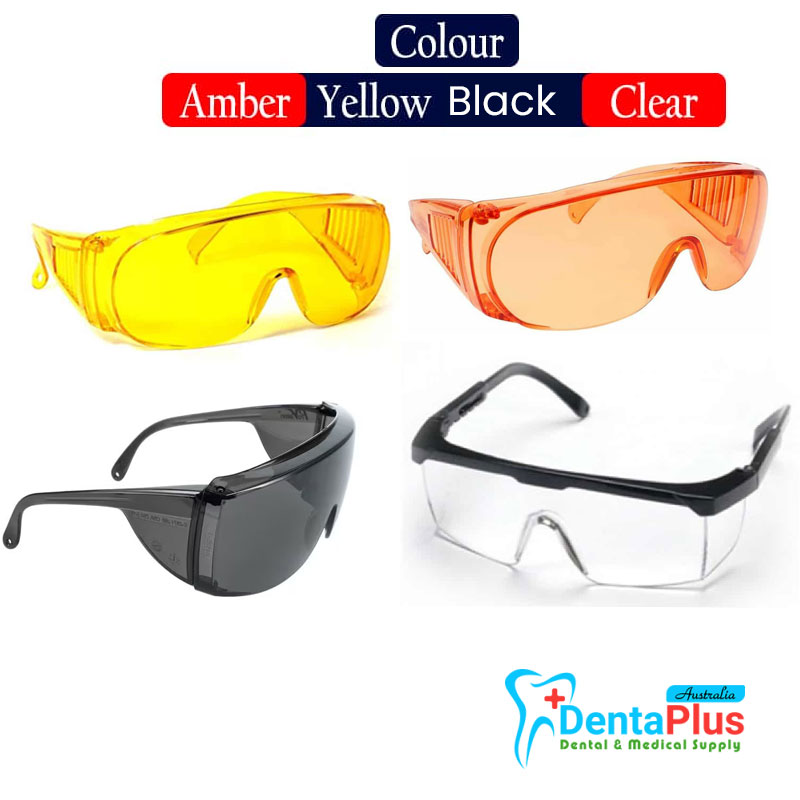
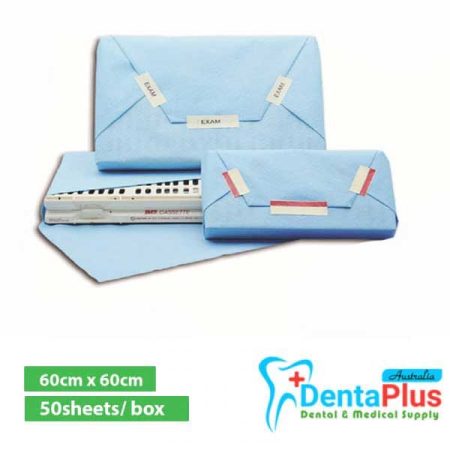
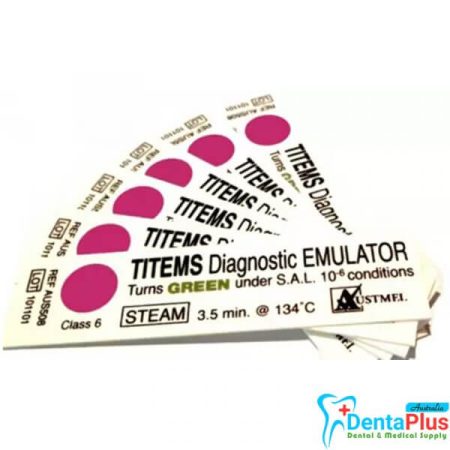
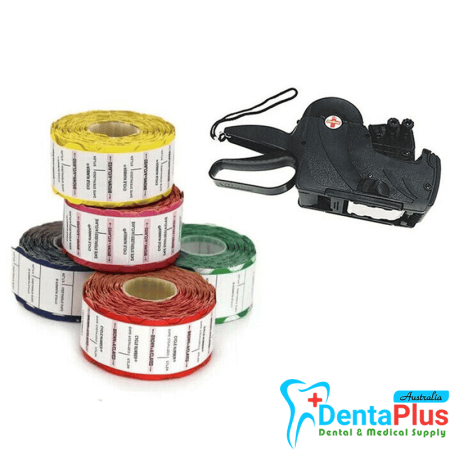
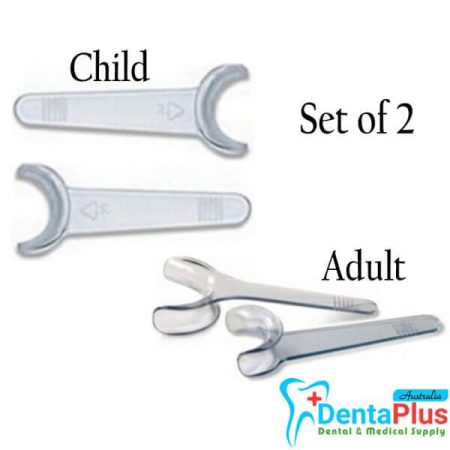
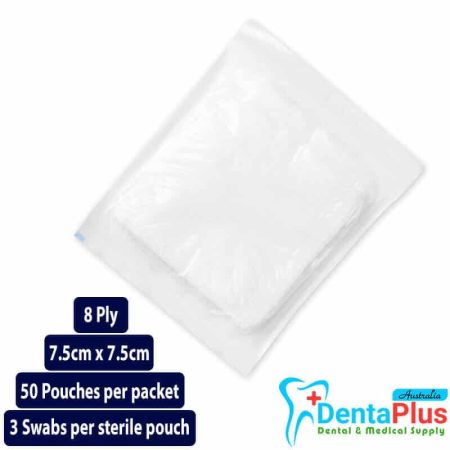
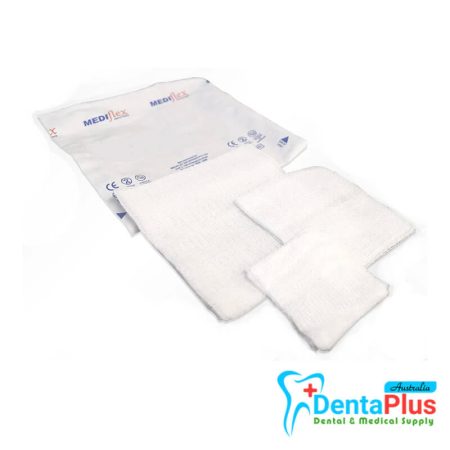
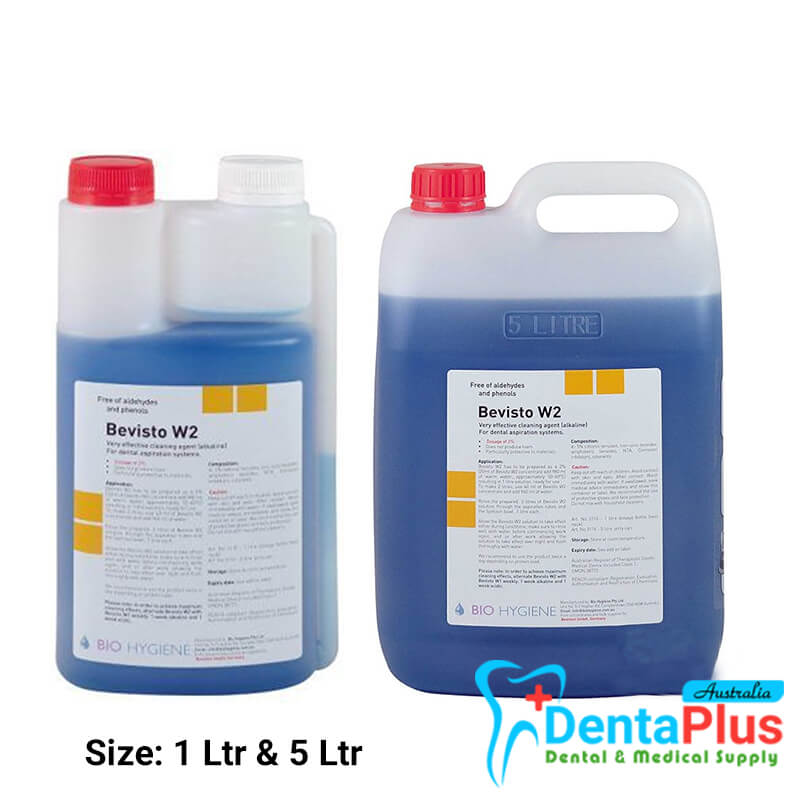
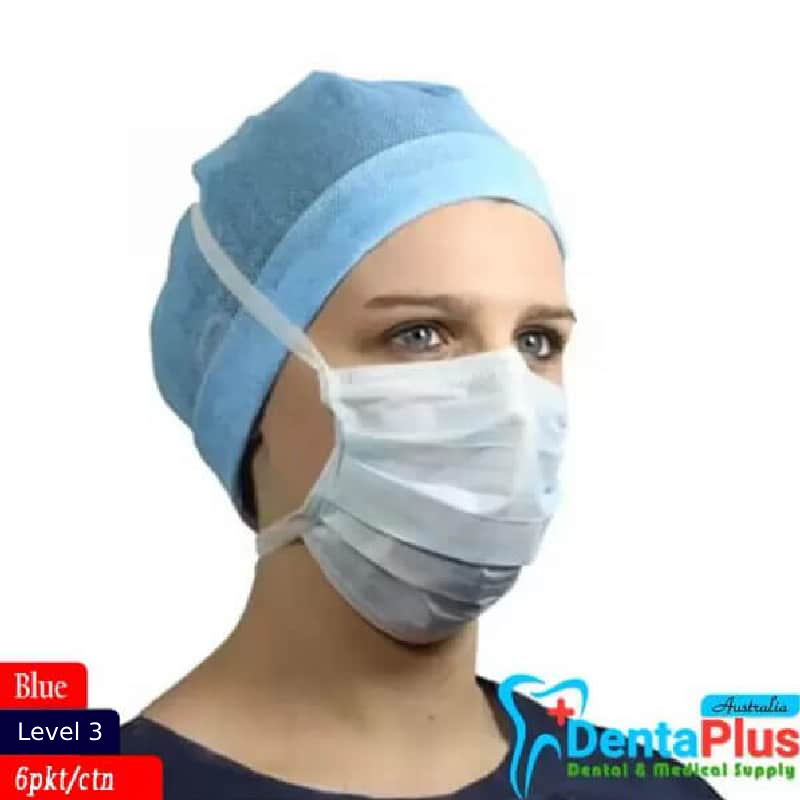
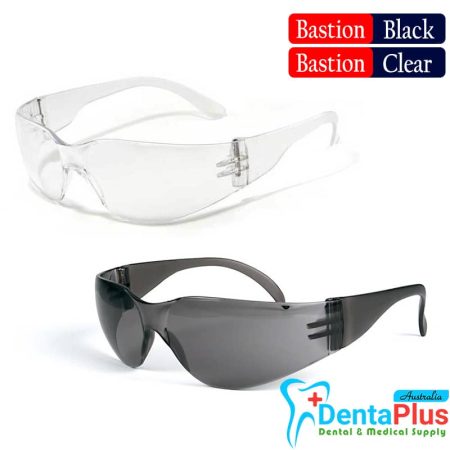
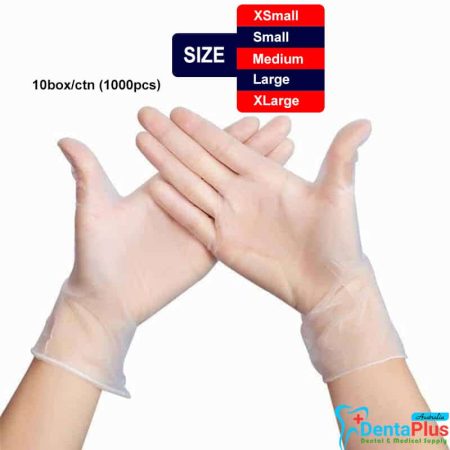
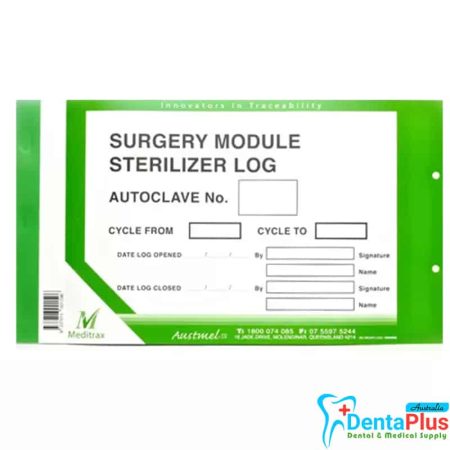
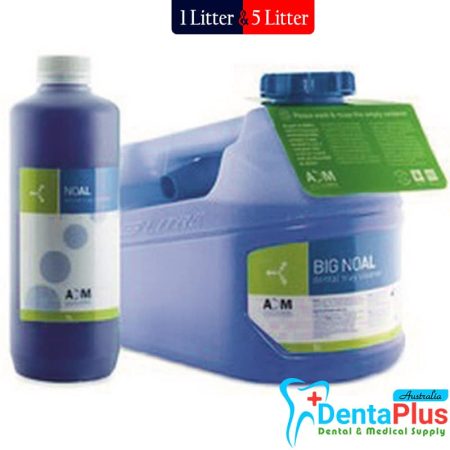
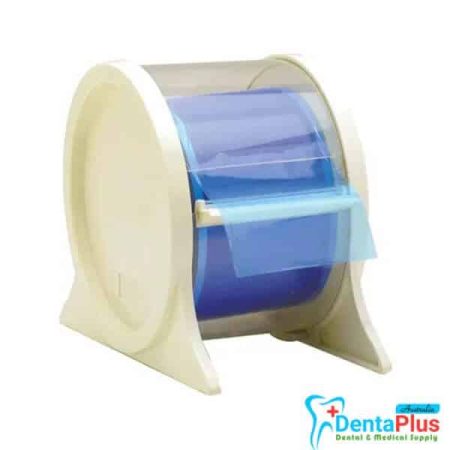
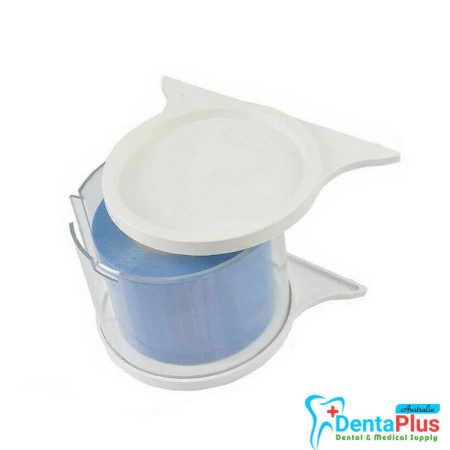
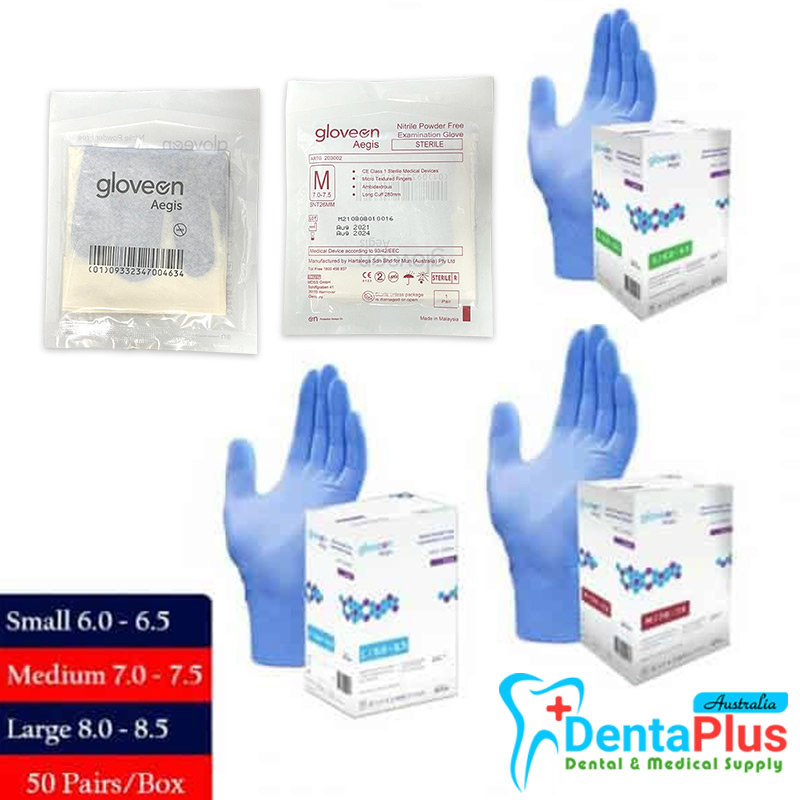

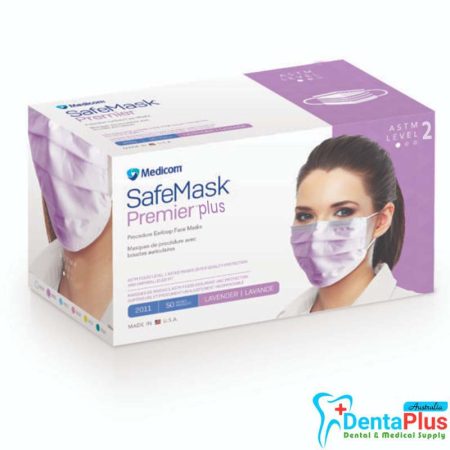
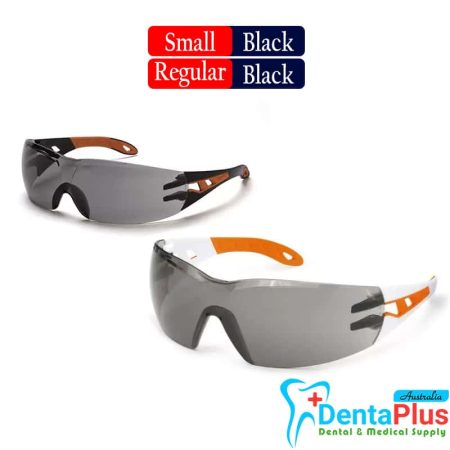

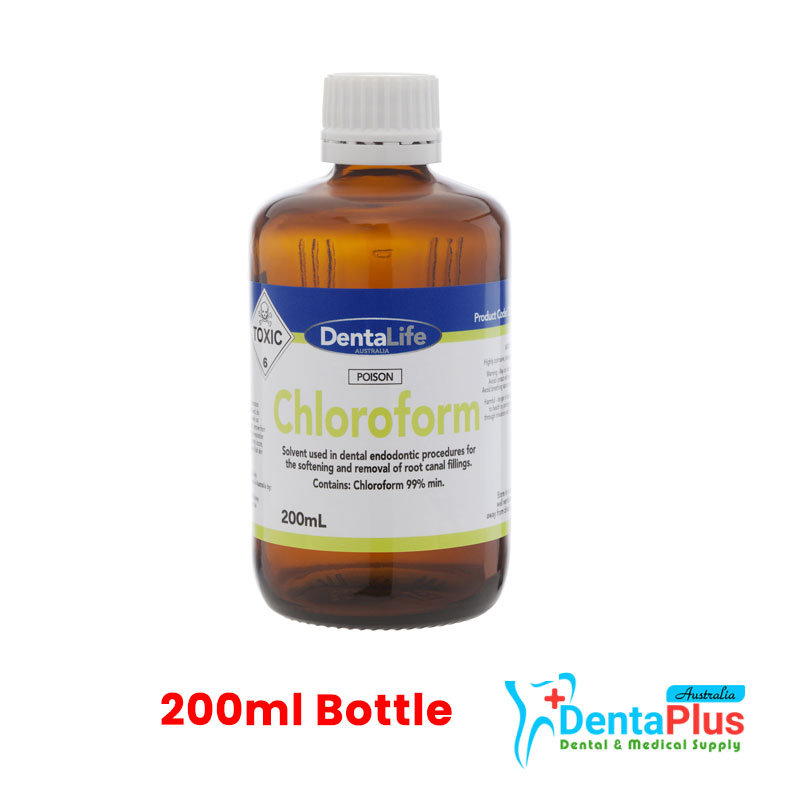
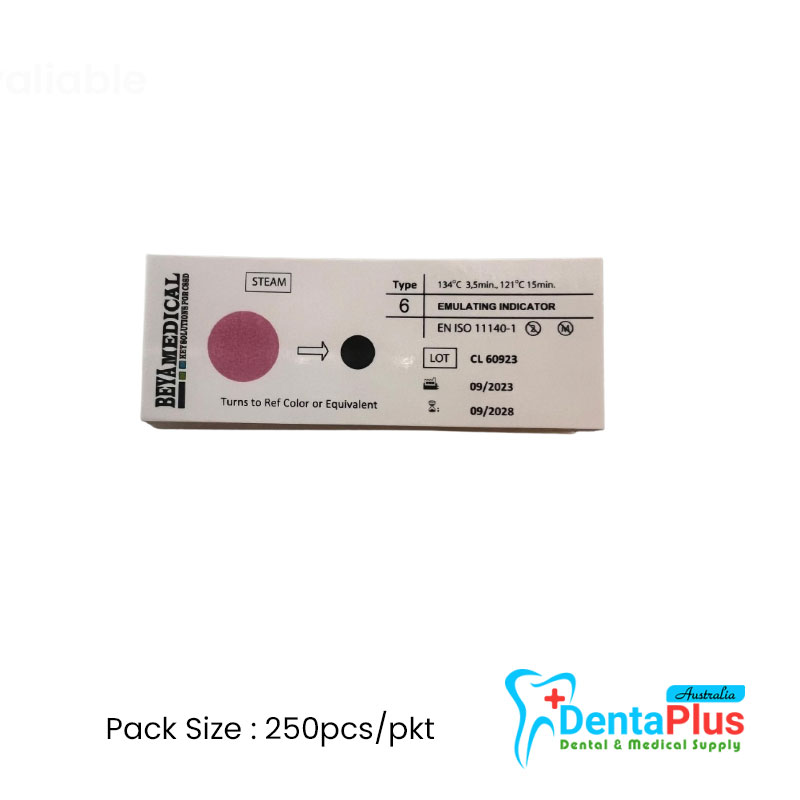
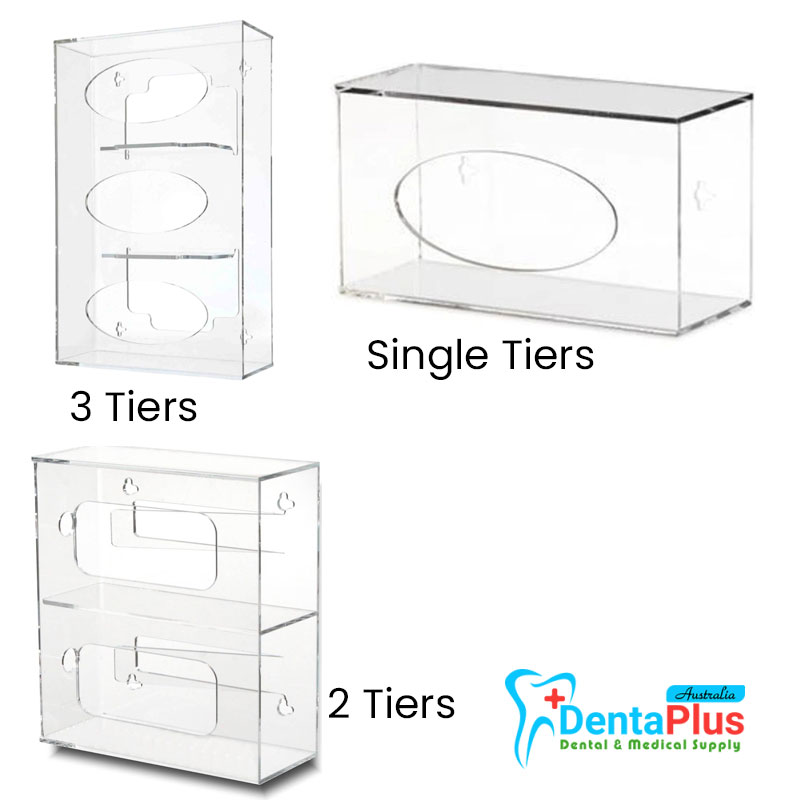

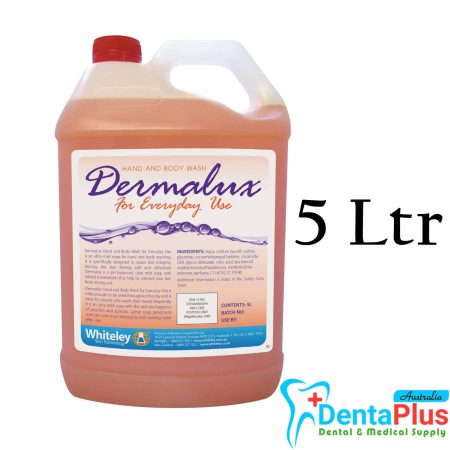
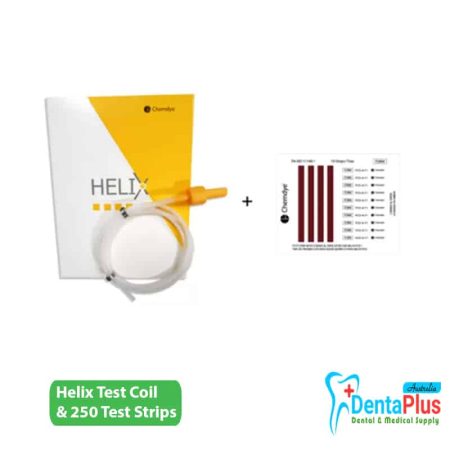
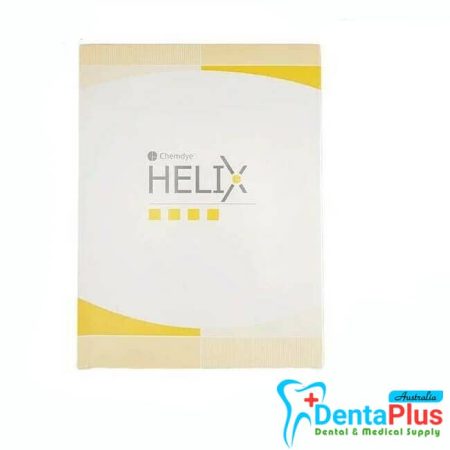
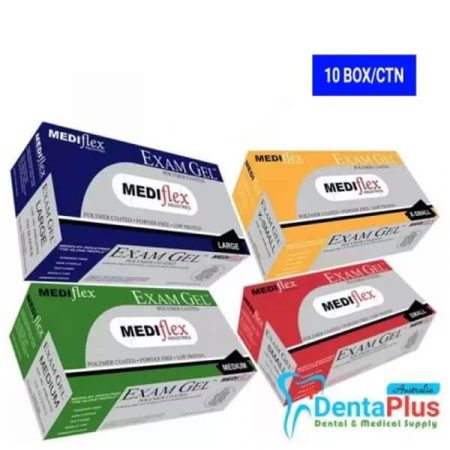
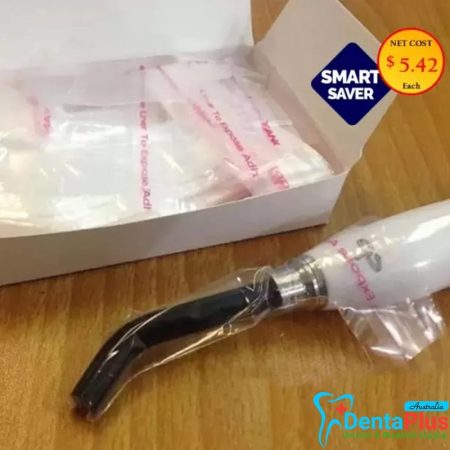

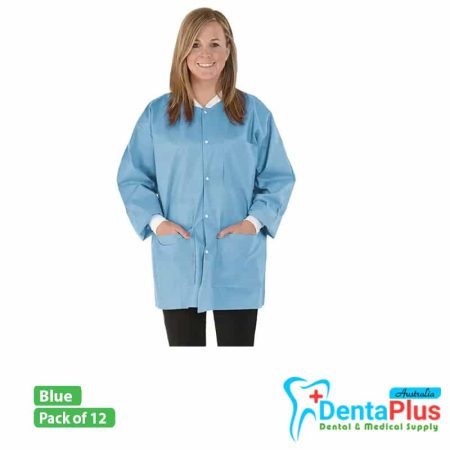
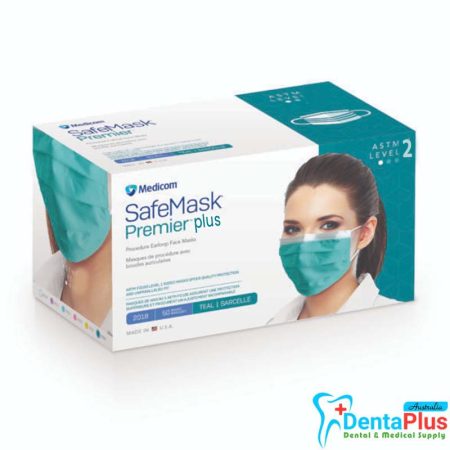
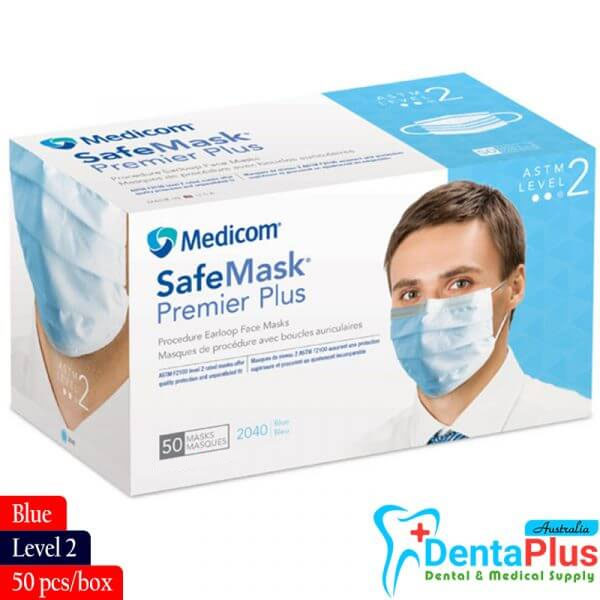
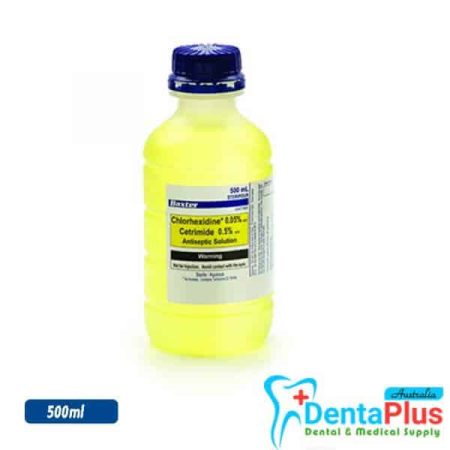
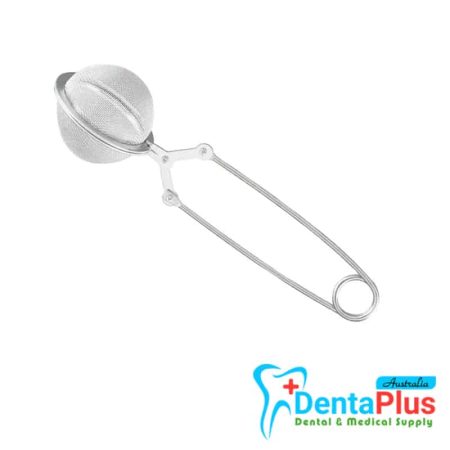

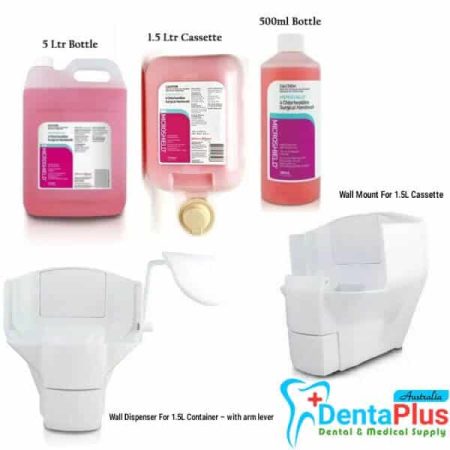




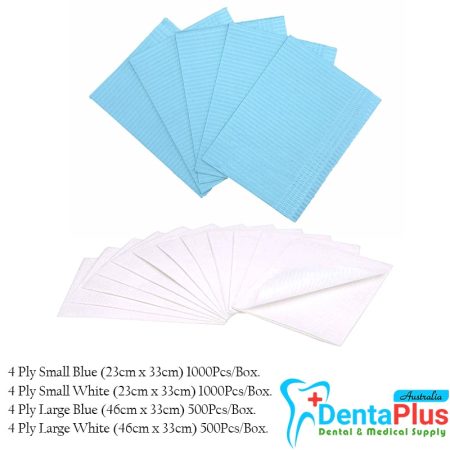
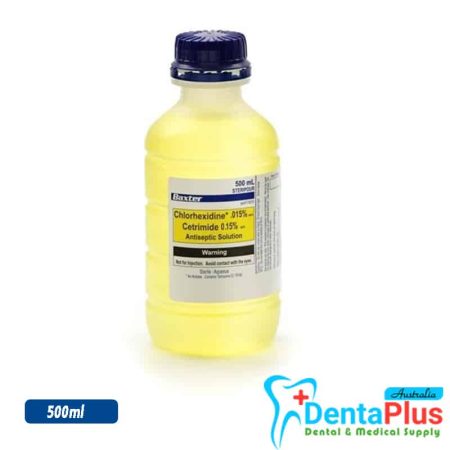
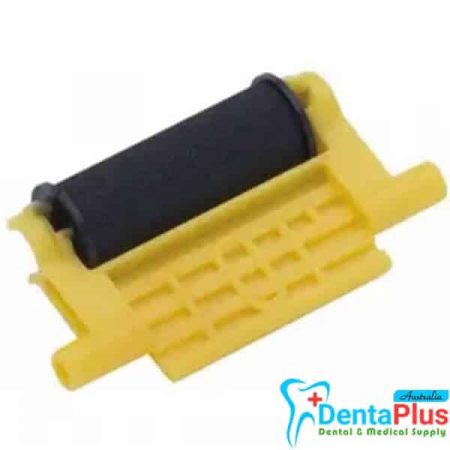
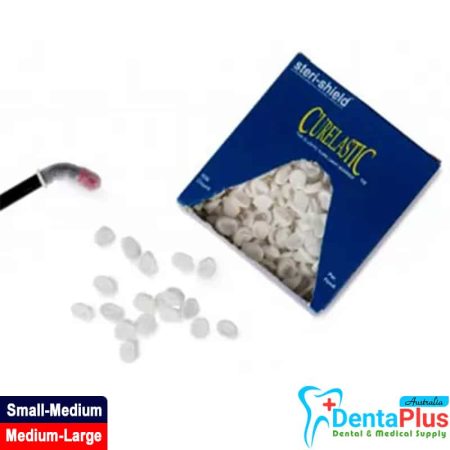


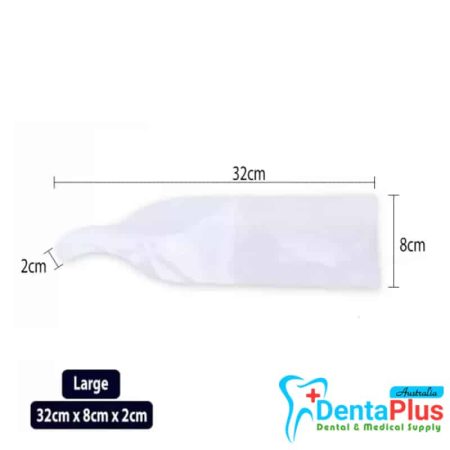
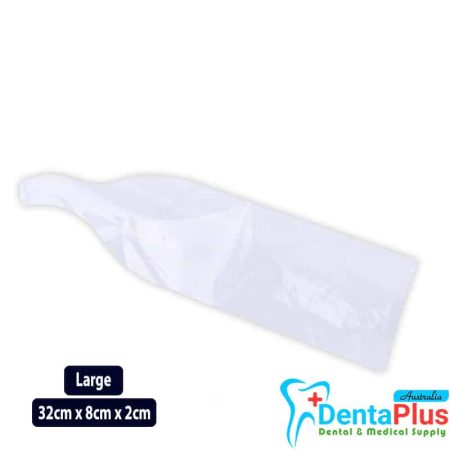


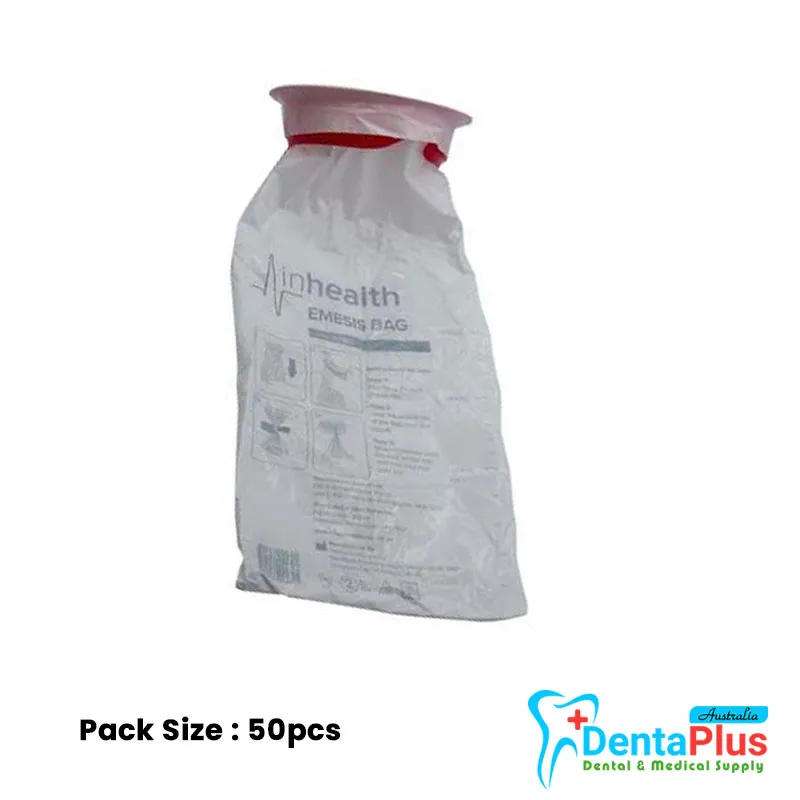
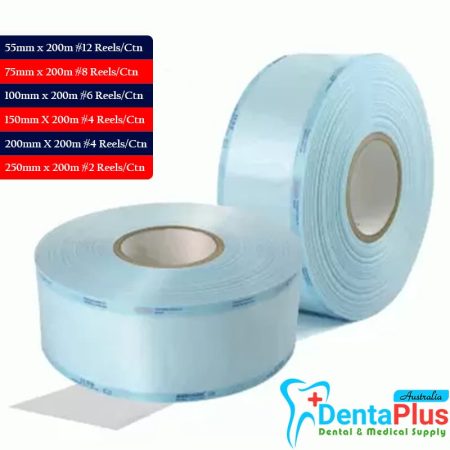
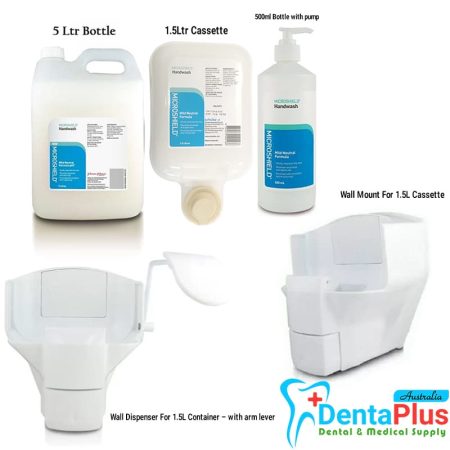

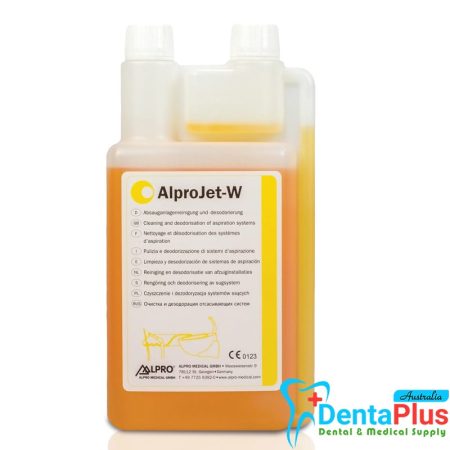
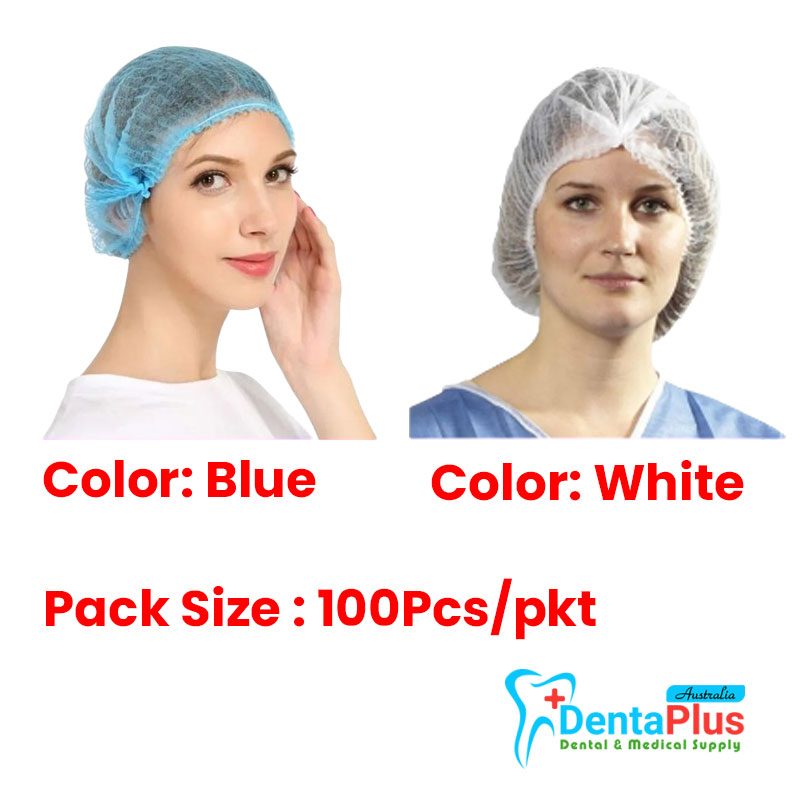

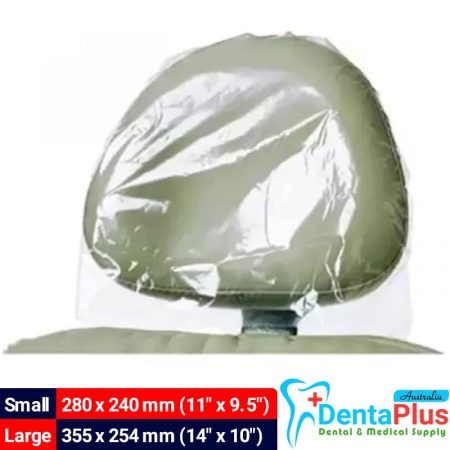
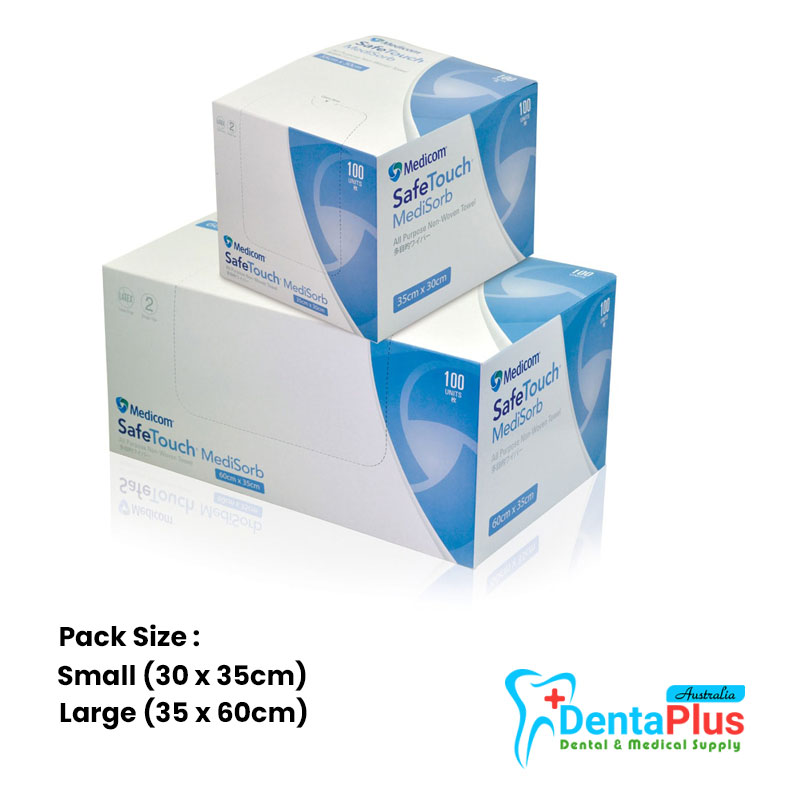
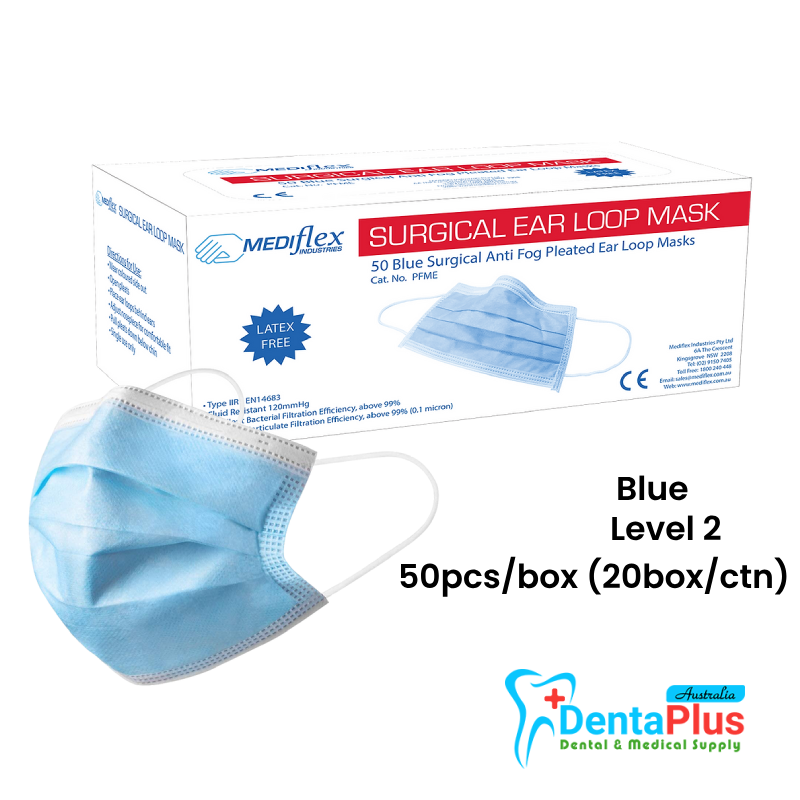
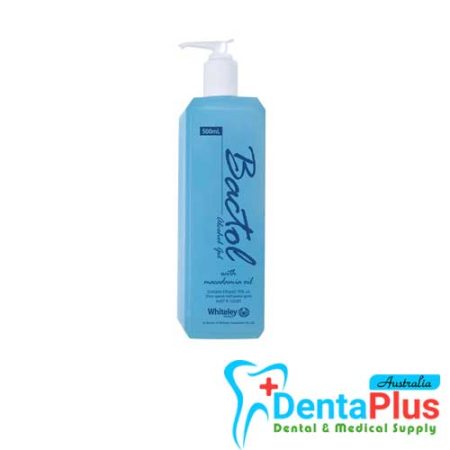

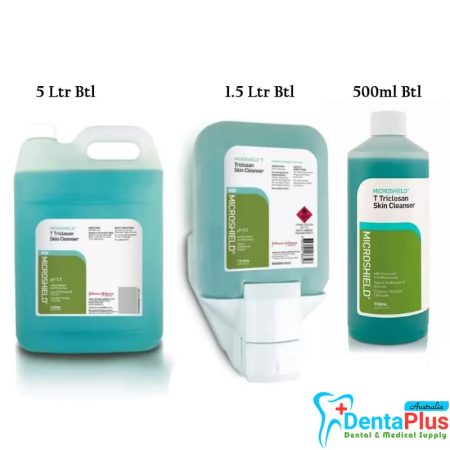
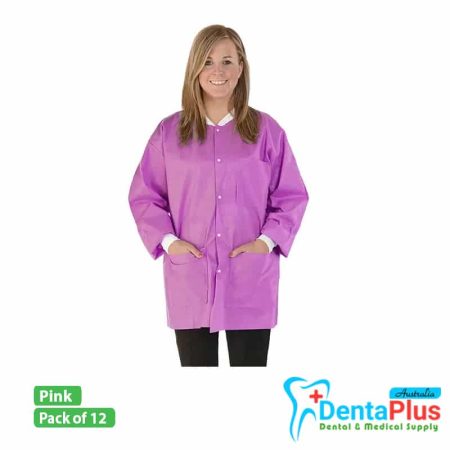
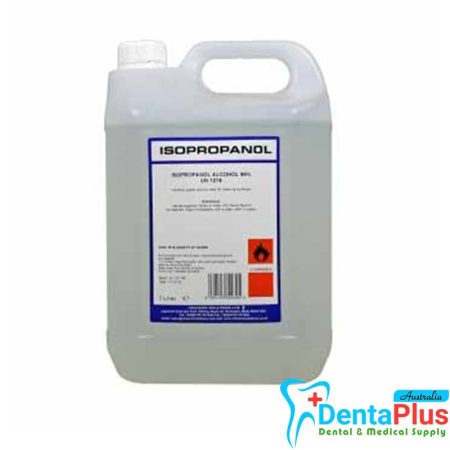
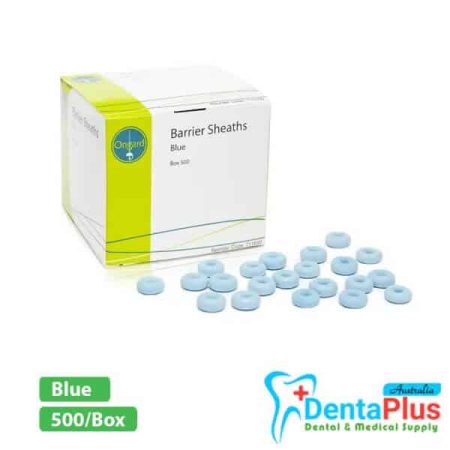
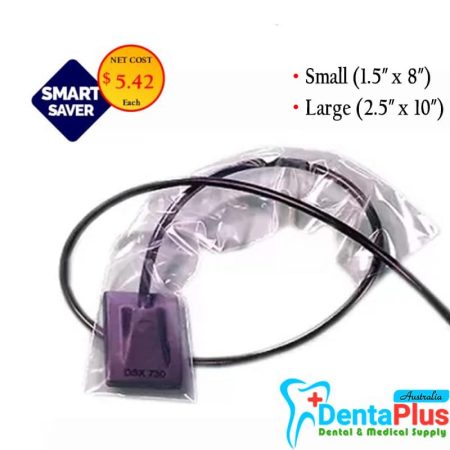
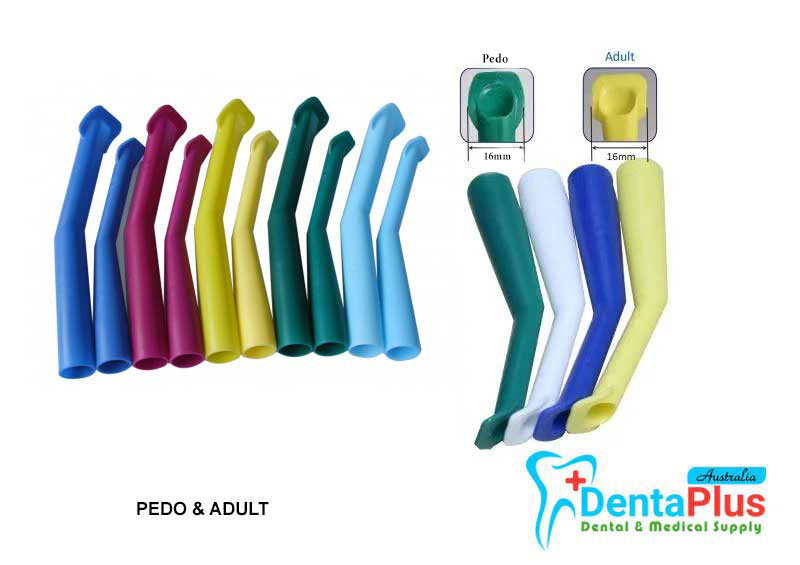
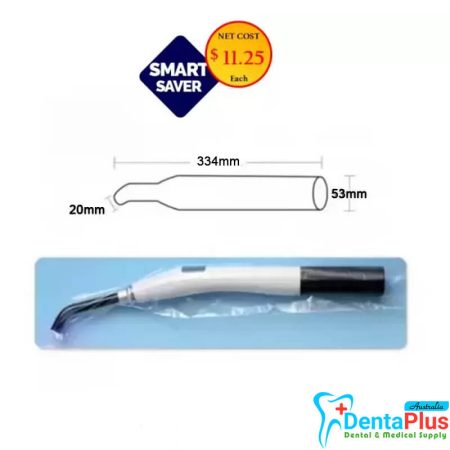
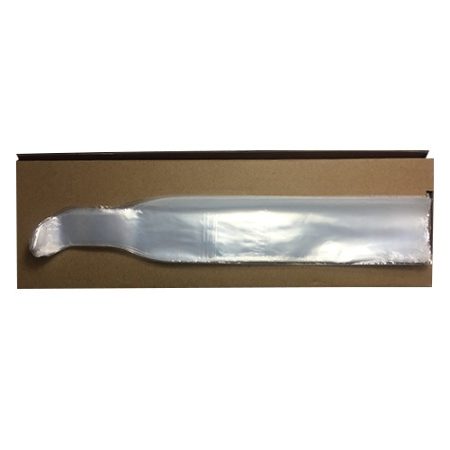
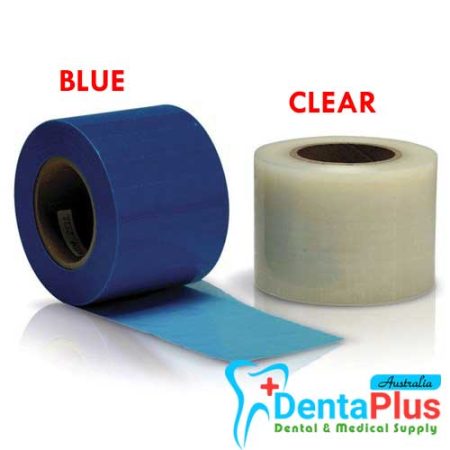
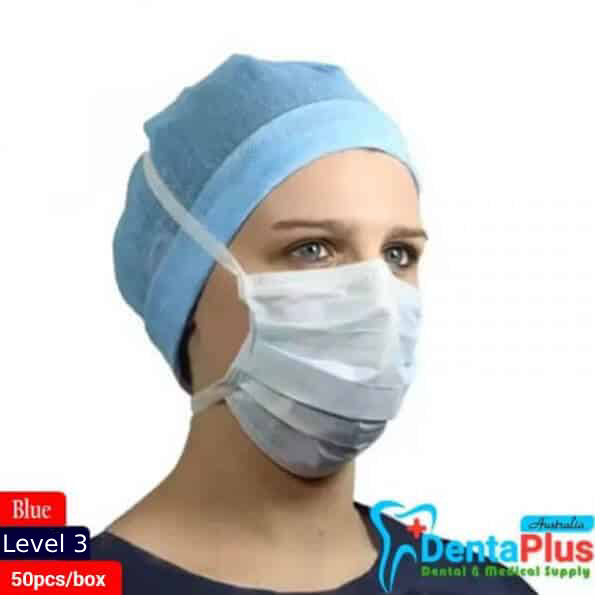

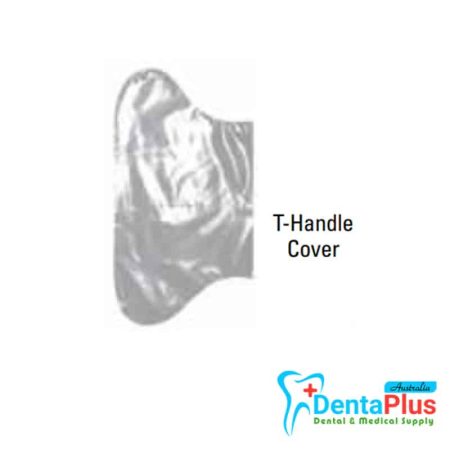
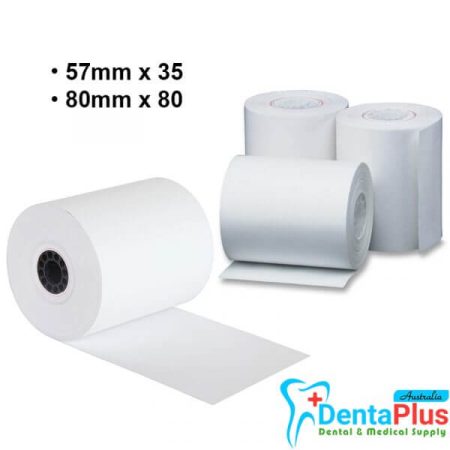

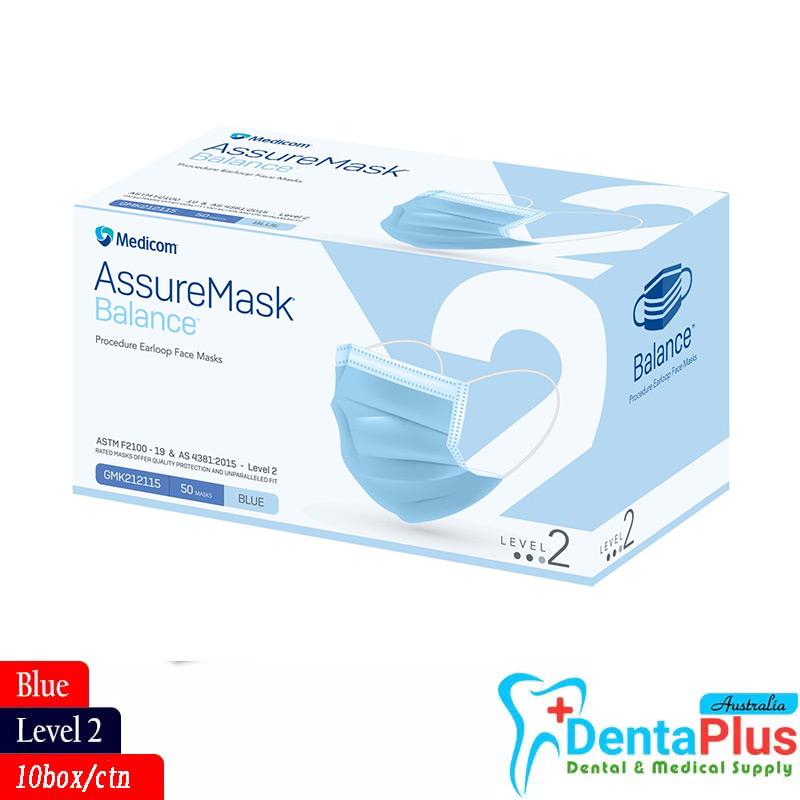

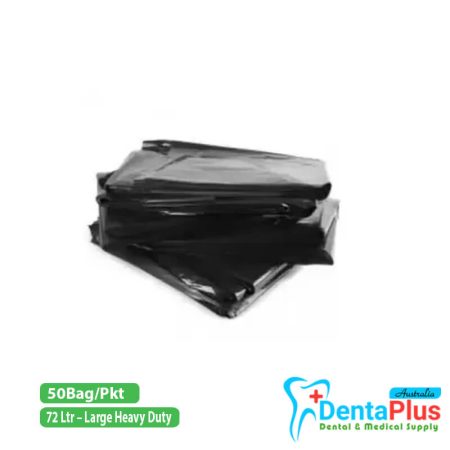
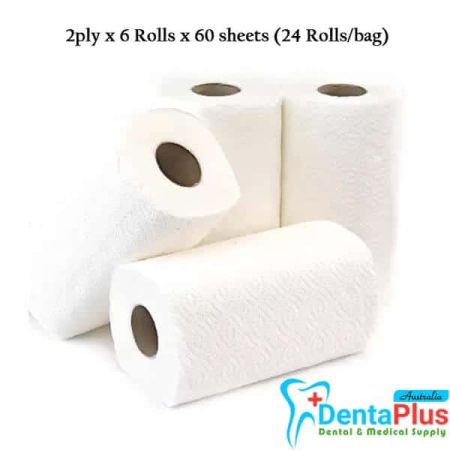
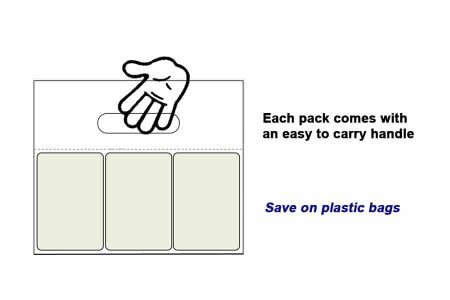
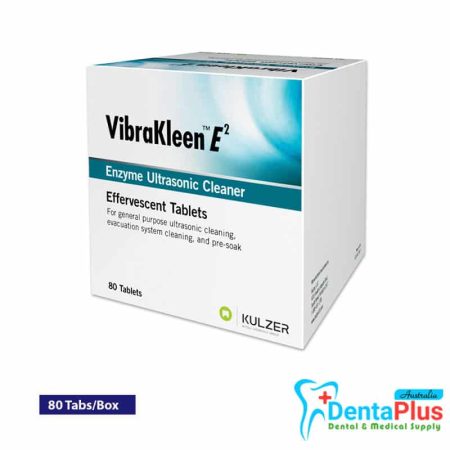

Reviews
There are no reviews yet.